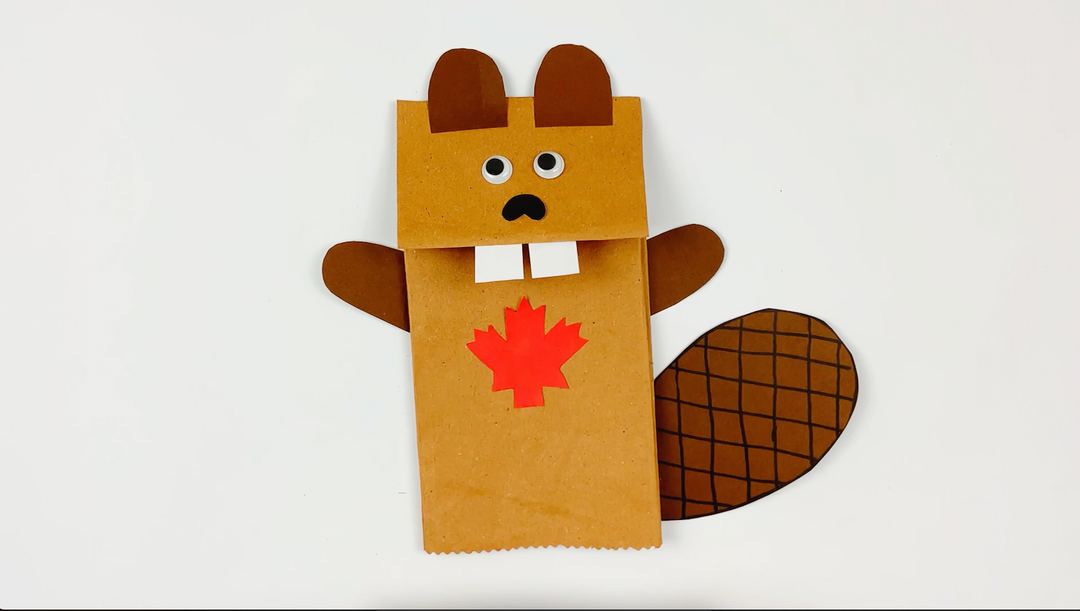What is STEAM?
STEAM stands for Science, Technology, Engineering, Art, and Math. It includes activities that have an artistic or creative component. The integrated approach to learning STEAM is to encourage children to think more broadly and develop certain skills they will need. Overall, it helps students ask questions, problem solve, think creatively, develop a growth mindset, critical thinking, explain their thoughts, and be innovative.
1. Ask Questions
- With STEAM kids are more apt to ask more questions to help guide them through each problem they have to solve. They are encouraged to think outside of the box and ask questions that pertain to their reasoning behind the activity.
2. Problem Solve
- Without rigidly defined rules to follow, it allows young learners to adapt to critical thinking, think around a problem, and consider the effects produced by changing different variables. Without having to rely on a fixed methodology, kids can understand that problem-solving models can be flexible.
3. Creativity
- With every STEAM activity comes a sense of creativity for children. The A in STEAM stands for Art and it encourages students to think about traditional subjects like math and how they can be intertwined with art. It allows them to think differently and shows them that not every subject has to be separated from one another.
4. Develop Growth Mindset
- Projects that involve subjects like engineering, which let's be honest it is not easy! Activities that use both science and engineering require kids to use a unique way of thinking to complete their projects or problem solve.
5. Critical Thinking
- STEAM encourages critical thinking skills that are a different way of thinking than when asked to look for the right answer to a problem. It uses a different part of the kiddo’s brain to engage them in a different style of education.
6. Innovative
- STEAM teaches kids to work outside the box when solving problems and encourages them to make their own solutions. The best part about STEAM is kids can come up with their own solutions to problems.
7. Explain Thoughts
- When they are negotiating how to solve a problem, help guide them by asking things such as, 'Why do you think that would work?' or 'Can you tell me more about the process?' These questions help them through their thought process and teach them how to explain them to others.
More About Womple
- At Womple we encourage kids to get more involved in science-based and creative learning at home. We believe it can translate to them developing a deeper interest and knowledge in these subjects in the classroom. Womple Studios excites children to develop these skills but also encourages the ability to develop an interest in different places around the world with our friend Womple. He is adventurous, smart, and fun to follow. Learn more about our subscription boxes here.






Leave a comment